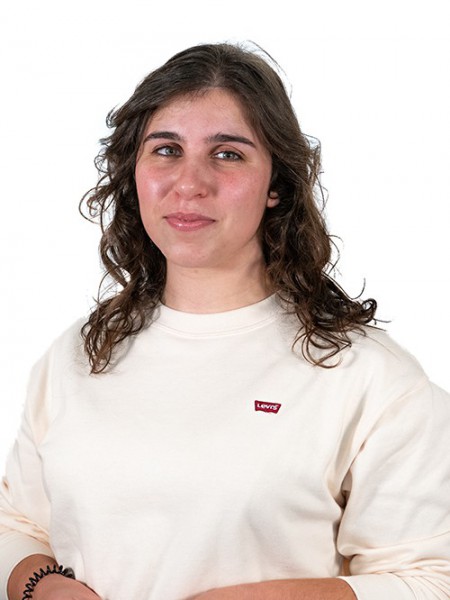resumo
Combinatorial conjugation of organ-on-a-chip platforms with additive manufacturing technologies is rapidly emerging as a disruptive approach for upgrading cancer-on-a-chip systems towards anatomic-sized dynamic in vitro models. This valuable technological synergy has potential for giving rise to truly physiomimetic 3D models that better emulate tumor microenvironment elements, bioarchitecture, and response to multidimensional flow dynamics. Herein, we showcase the most recent advances in bioengineering 3D-bioprinted cancer-on-a-chip platforms and provide a comprehensive discussion on design guidelines and possibilities for high-throughput analysis. Such hybrid platforms represent a new generation of highly sophisticated 3D tumor models with improved biomimicry and predictability of therapeutics performance.
palavras-chave
TUMOR MICROENVIRONMENT; EXTRACELLULAR-MATRIX; FIBROBLASTS; HYDROGELS; HETEROGENEITY; FABRICATION; NETWORKS; TISSUES; ORGANS
categoria
Biotechnology & Applied Microbiology
autores
Monteiro, MV; Zhang, YS; Gaspar, VM; Mano, JF
nossos autores
Projectos
CICECO - Aveiro Institute of Materials (UIDB/50011/2020)
agradecimentos
This work was developed within the scope of the project CICECO-Aveiro Institute of Materials, UIDB/50011/2020 & UIDP/50011/2020, financed by national funds through the Portuguese Foundation for Science and Technology/MCTES. This work was also supported by the Programa Operacional Competitividade e InternacionalizacAo (POCI) , in the component FEDER, and by national funds (OE) through FCT/MCTES, in the scope of the projects PANGEIA (PTDC/BTM-SAL/30503/2017) . The authors acknowledge the financial support by the Portuguese Foundation for Science and Technology (FCT) through a Doctoral Grant (DFA/BD/7692/20 20, M.V.M.) and through a Junior Researcher contract (CEEC/1048/2019, V.M.G.) . Y.S.Z. acknowledges the National Institutes of Health (R21EB025270, R00CA201603, R01EB028143) and the Brigham Research Institute.




